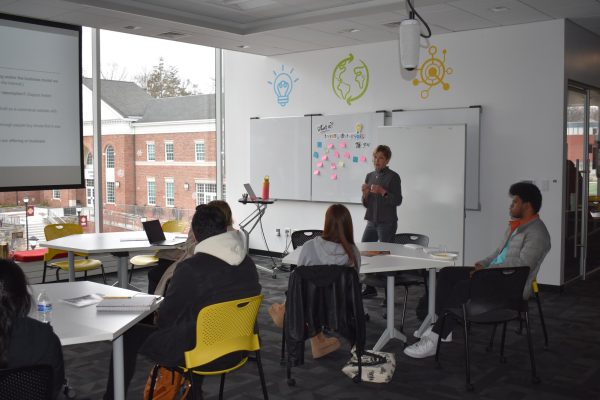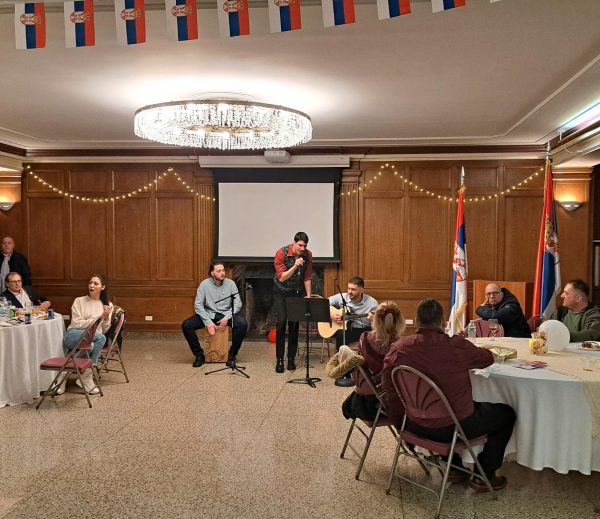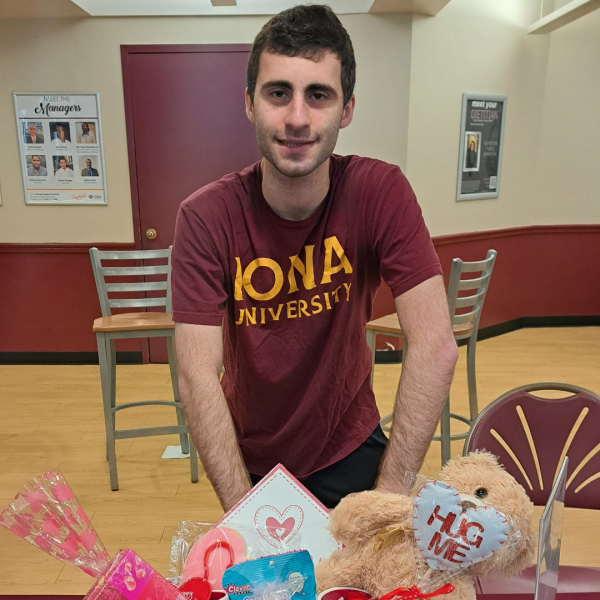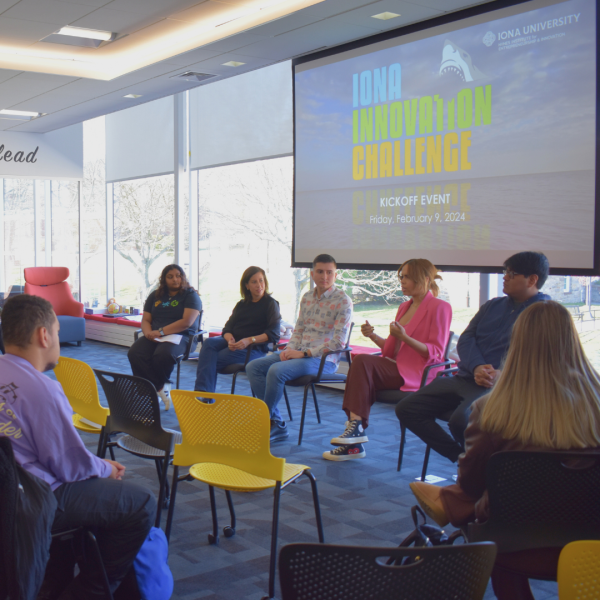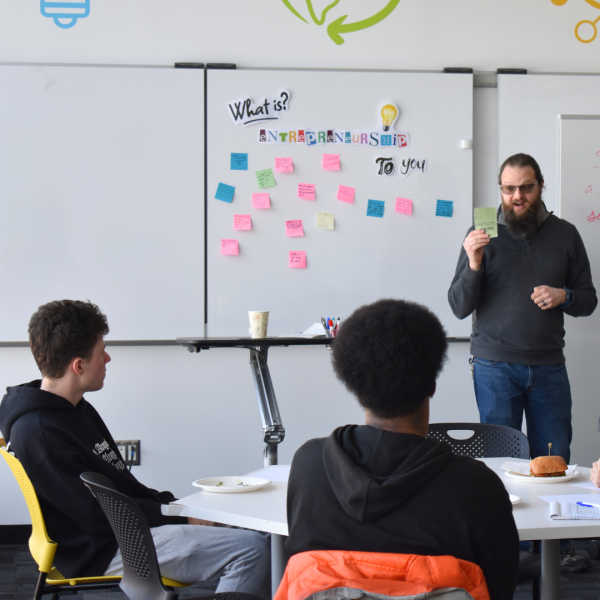Student life changes to take effect in spring
December 5, 2012
When Iona students return to campus this spring semester, they can expect to find an array of changes in student service areas.
These changes, as part of a wider implementation of Iona’s Strategic Plan, are designed to facilitate greater integration within preexisting student support mechanisms. What will this mean concretely for students seeking such support?
For those looking for information or assistance with regards to substance abuse, the Alcohol and Other Drug Office will now be subsumed under the Counseling Center, and as such will now report to Director of Counseling Services Ingrid Grieger. Programs such as the pre-collegiate science and technology entry program (STEP), the college assistance program (CAP) and the collegiate science and technology program (CSTEP), as well as the Rudin Center, will now be part of one greater Office of Student Success, with Br. J. Kevin Devlin assuming the title Senior Director for Student Success.
The Offices of Mission Integration and Campus Ministries will now be merging into one Office of Mission and Ministry led by the soon-to-be Director of Mission and Ministry Carl Procario-Foley, and included under the Student Life area.
The Student Life area is the new title that will be accompanying these changes for what is now the Student Development Area, and will be led by Charlie Carlson whose title will change from Vice Provost for Student Development to Vice Provost for Student Life. What do these title changes, from student ‘retention’ to student ‘success’ and from student ‘development’ to student ‘life’ signify?
According to Brian J. Nickerson, Provost and Senior Vice President for Academic Affairs, they reflect an attempt to “re-emphasize the focus on students.” Moreover, he believes the new changes will enable greater “functional alignment of many student life areas” in order to “allow what were once separate departments to act formally as one unit.”
Thus, the dynamic but relatively unstructured relationships between the affected departments will now be rationalized into a functional, interlocking whole.
Some examples of what this sort of integration might facilitate include expanded tutoring services, more mission trips and greater funding for programs already in existence. For instance, this new set up could mean more efficient utilization of the state granted funds the school receives through the CSTEP program, which allow for individual tutoring and internship placements.
Though one can easily see how students are benefited by such changes, the effect they have on the staffs of the involved departments remained unexplained in the college wide email distributions.
Discussions about these changes, according to Dr. Nickerson, occurred throughout the late summer and early fall between himself and relevant directors. Once a consensus on the changes had been met, Directors then garnered further input from their respective staff before the changes were finalized, after which effected employees, and later students, were notified by email.
As part of the merger of Mission Integration and Campus Ministries, the position of Director of Mission Integration has been terminated and current director, Regina Plunkett-Dowling will be leaving the college before the end of the fall semester. Plunkett-Dowling declined to comment on the department merger.
Yet, the net staff of the effected departments will remain the same, as the school is now in the process of finding a new full time employee who will function as both a director and faculty member.
According to HigherEdJobs.com, the new position, entitled Director of Service and Experiential Learning, is to be filled by a member of the faculty who works closely with internal offices and external partners in order to promote community service with academic instruction.
One may wonder about the net exchange – though in different departments – of an already employed director for one who will function dually as a director and faculty member. It has been stressed by those involved, however, that there is no connection between the two.
That being said, it seems clear that the staffs involved may very well be taking on a considerable amount of work in the near future to make this integration a reality.









